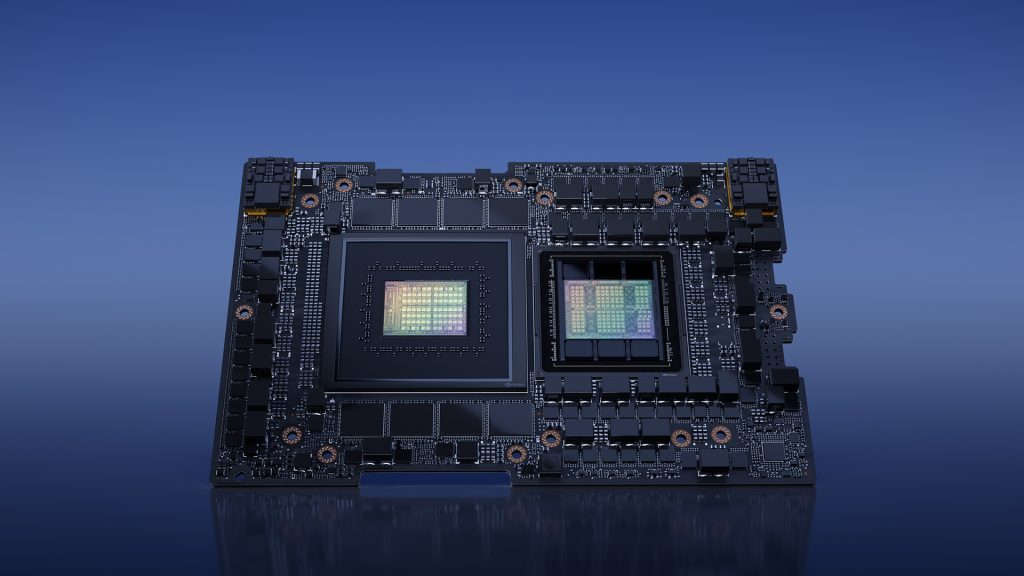GH200-powered systems join more than 400 system configurations powered by different combinations of NVIDIA’s CPU, GPU and DPU architectures — including Grace, Hopper, Ada Lovelace and BlueField.

At COMPUTEX, NVIDIA founder and CEO Jensen Huang revealed new systems, partners and additional details surrounding the GH200 Grace Hopper processor, which brings together the Arm-based NVIDIA Grace CPU and Hopper GPU architectures using NVIDIA NVLink–C2Ci interconnect technology which delivers up to 900GB/s total bandwidth.
Global hyperscalers and supercomputing centres in Europe and the U.S. are among several customers that will have access to GH200-powered system.
Taiwan manufacturers bringing to market systems powered by different combinations of NVIDIA accelerators and processors include: AAEON, Advantech, Aetina, ASRock Rack, ASUS, GIGABYTE, Ingrasys, Inventec, Pegatron, QCT, Tyan, Wistron and Wiwynn
Additionally, global server manufacturers Cisco, Dell Technologies, Hewlett Packard Enterprise, Lenovo, Supermicro and Eviden, an Atos company, offer a broad array of NVIDIA-accelerated systems.
Cloud partners for NVIDIA H100 include Amazon Web Services (AWS), Cirrascale, CoreWeave, Google Cloud, Lambda, Microsoft Azure, Oracle Cloud Infrastructure, Paperspace and Vultr.
NVIDIA L4 GPUs are generally available on Google Cloud.
The coming portfolio of systems accelerated by the NVIDIA Grace, Hopper and Ada Lovelace architectures provides broad support for the NVIDIA software stack, which includes NVIDIA AI, the NVIDIA Omniverse platform and NVIDIA RTX technology.
NVIDIA AI Enterprise, the software layer of the NVIDIA AI platform, offers over 100 frameworks, pretrained models and development tools to streamline development and deployment of production AI, including generative AI, computer vision and speech AI.
The NVIDIA Omniverse development platform for building and operating metaverse applications enables individuals and teams to work across multiple software suites and collaborate in real time in a shared environment.
The platform is based on the Universal Scene Description framework, an open, extensible 3D language for virtual worlds.
The NVIDIA RTX platform fuses ray tracing, deep learning and rasterization to enhance the creative process for content creators and developers with support for industry-leading tools and APIs.
Applications built on the RTX platform deliver real-time photorealistic rendering and AI-enhanced graphics, video and image processing.
Systems with Grace Hopper processors are expected to be available beginning later this year.
